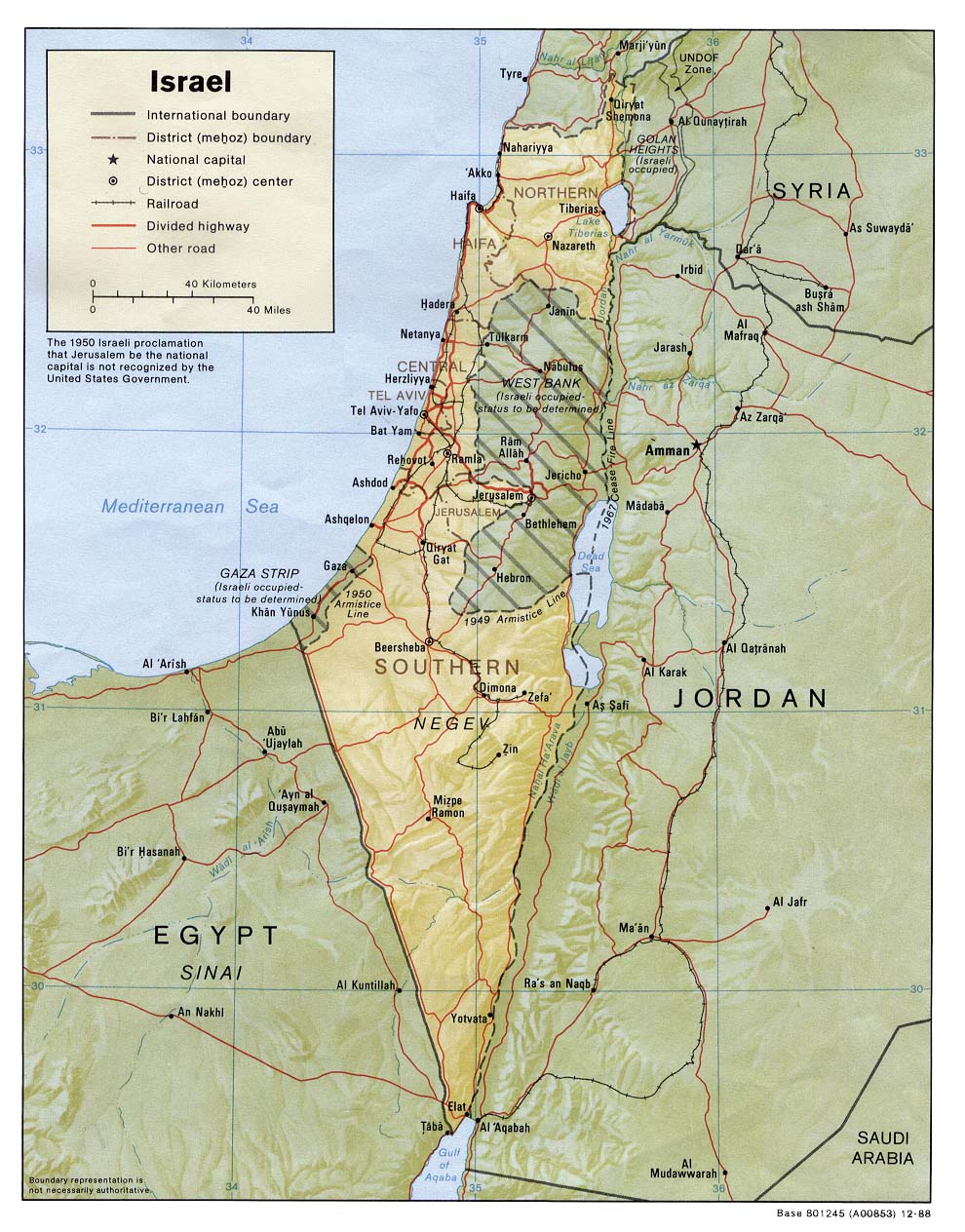Out of the story of the Amalekite attack in Exodus 17 came the first of seven great training lessons to the “Chief in the making” – Joshua. Moses faced a tough situation, and Joshua watched the solution unfold. He was able to pick out what any leader needs to quickly understand: Everyone can see the problem, leaders devise solutions. That is what the people needed, and that is what Moses provided. Moses focused immediately on the six things a leader must know to make good decisions, and Joshua got the benefit of seeing the lesson close up:
-
Leaders must know the circumstances, the situation they are faced with. Nobody conquers a demon they don’t know about. Every significant move of a leader is preceded by an accurate assessment of the circumstances that they face. (17:8).
-
Leaders must know the enemy they face. Sometimes reconnaissance is necessary to gain knowledge (Num. 13 and 14), as knowledge of the enemy’s strengths and weaknesses make all the difference in battle. Whether physical or spiritual, battles are won or lost often on the enemy assessment. Understand where and how an enemy will attack is essential to preparing defenses that will withstand his onslaught (17:9).
-
Leaders must know their resources for problem solving. Foolish leaders tackle every problem on their own. Wise leaders assess their own team to meet the demand of battle (17:9).
-
Leaders must understand that even the physical problems of God’s people are fought in Heavenly places. This is a critical area often neglected. Paul later addressed the physical disturbances to his work with the truth that “we wrestle not against flesh and blood, but against spiritual powers” (2 Cor. 10:3ff). Moses didn’t need a simple head count and weapons assessment, he needed to bow before God and intercede for the battle. (17:10-13). The upward palms have long been understood by rabbis as a position of prayer. In the Hebrew world of long ago (as in Orthodox traditions today), prayers of supplication were symbolized by holding the hands palms up. In times of extreme need, the arms were lifted upward and palms were held up, a position probably referred to in the instruction of Paul to Timothy (1 Tim. 2:8). If understood in this way, there was nothing mystical about the hands of Moses, but POWER lay in the intercession of the leader. What a great lesson for any leader that gets caught up in the mechanics of the problem to the exclusion of the spiritual reality!
-
Leaders must be good followers (17:9-10). Look at the unquestioning obedience of Joshua. Moses said, “Jump!” Joshua jumped. It is worth highlighting that Joshua was not prepared to lead if he was not prepared to follow.
-
Leaders must acknowledge where true victory comes from. Note the instruction at the end of the battle (17:14). Joshua was to be brought in to hear the specific promise of God; He would cut off Amalek from the earth because of this attack. Joshua needed to hear it, and understand that any work that he would do in that cause was not his victory, it was God fulfilling His promise. Leaders need to feel responsible to faithfully execute the work of God, but not to own the work. It is God’s work, and we are privileged to be a part of it.
In the final analysis, Joshua needed to see the power of an interceding leader. The troops can do the work, but they will easily believe that it was at their hands that victory was attained –because of their skill, their ingenuity, and their power. They, of course, would draw the wrong conclusion. It is only an interceding leader that can see the truth.









